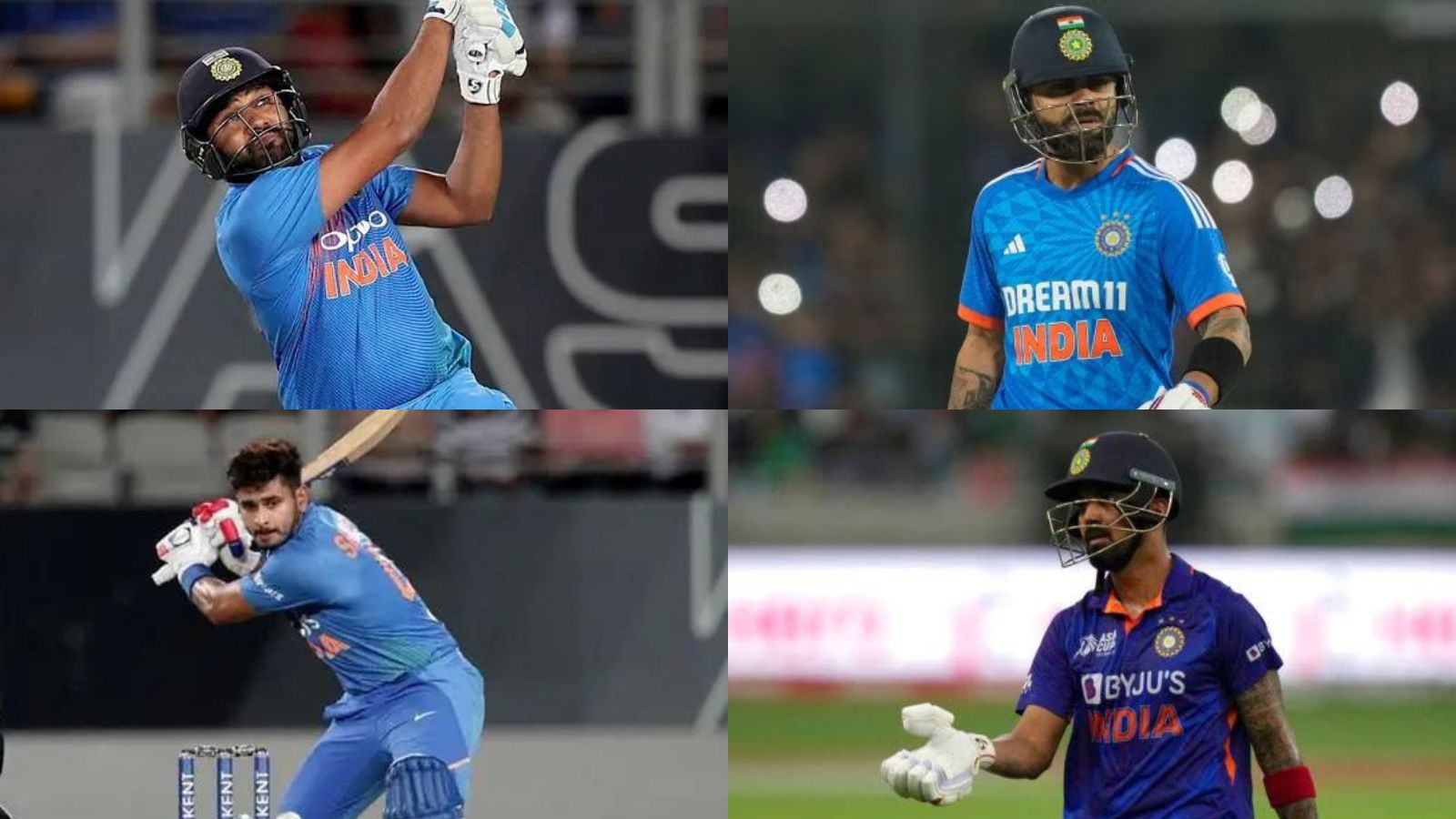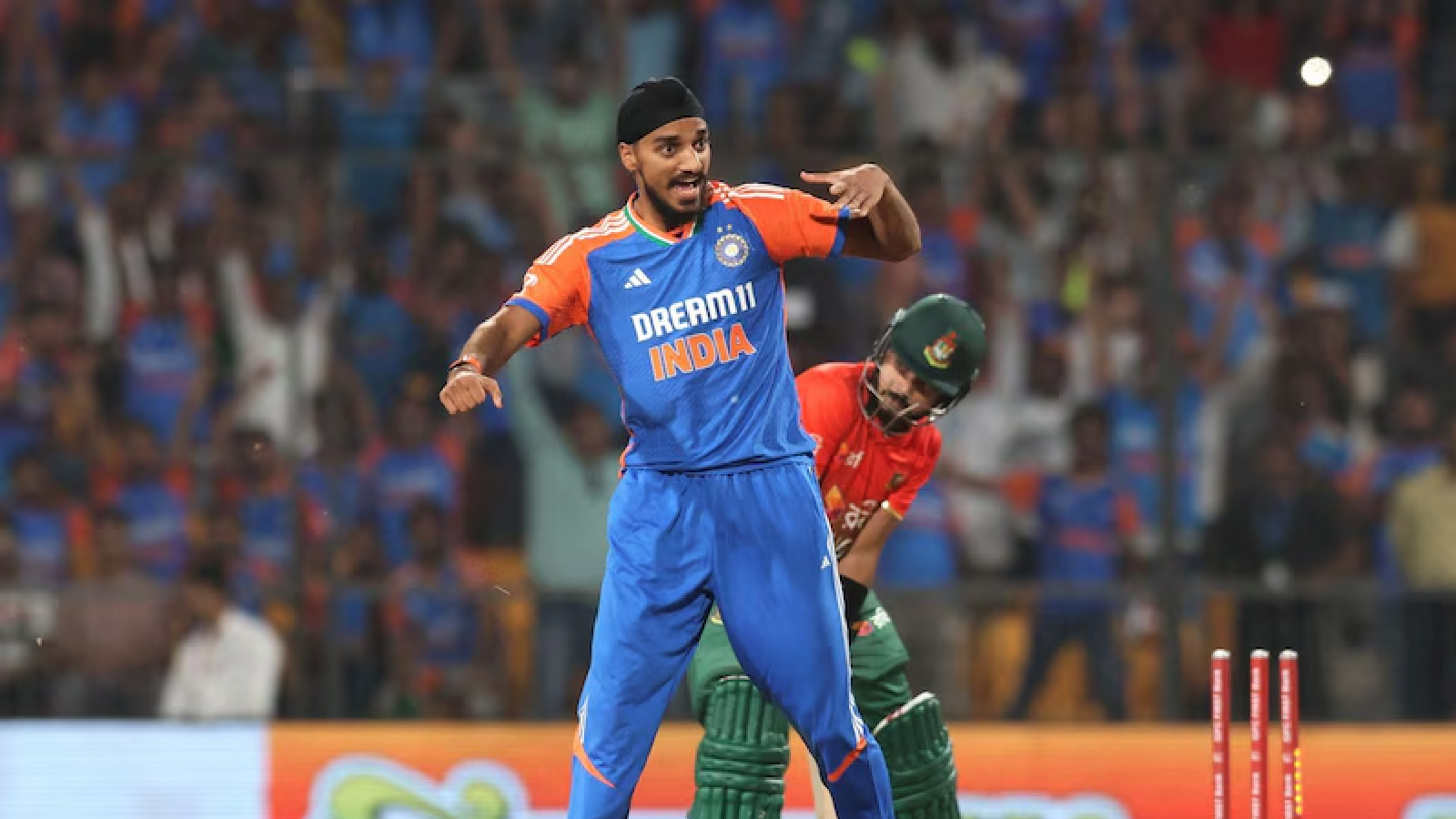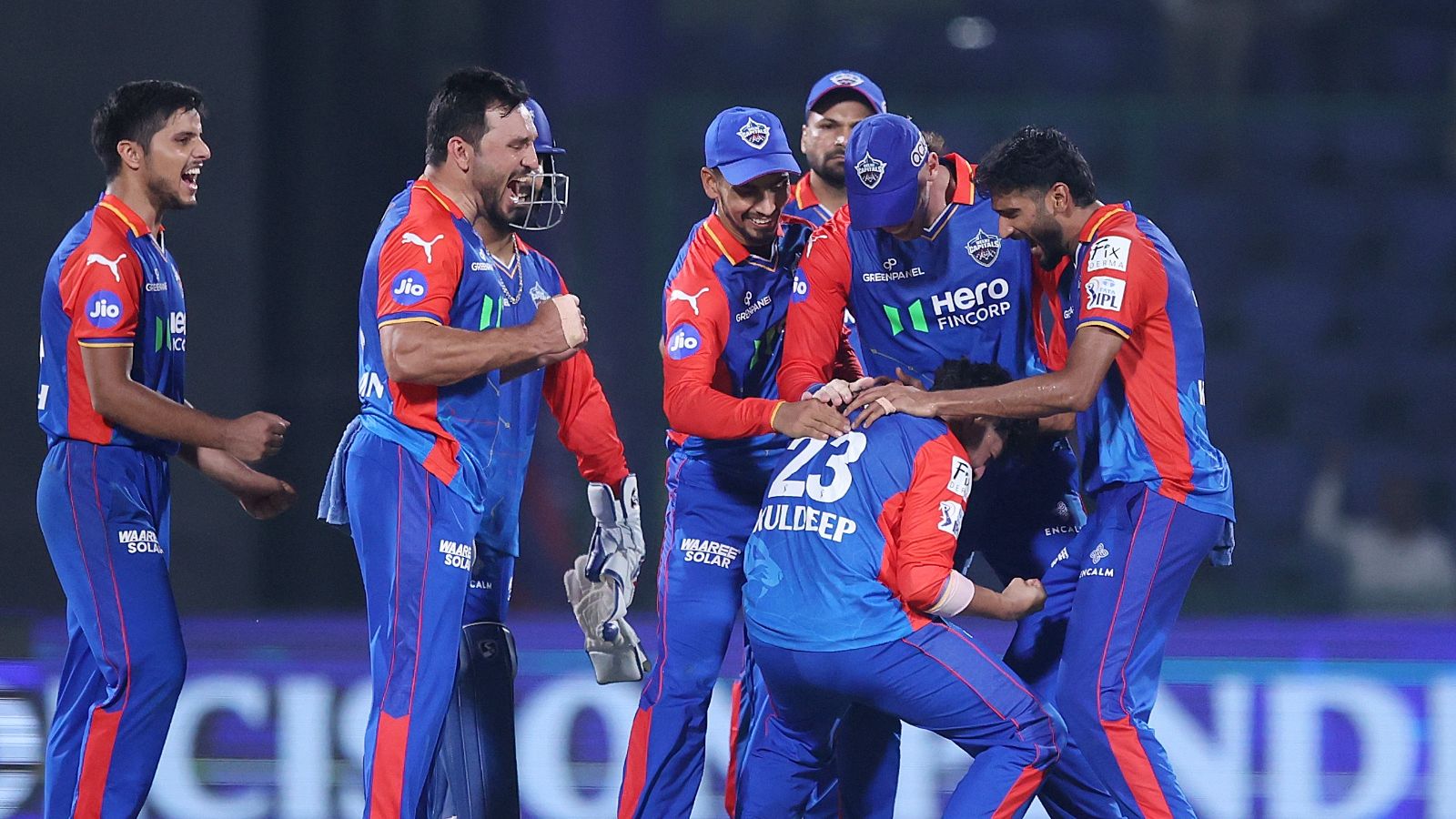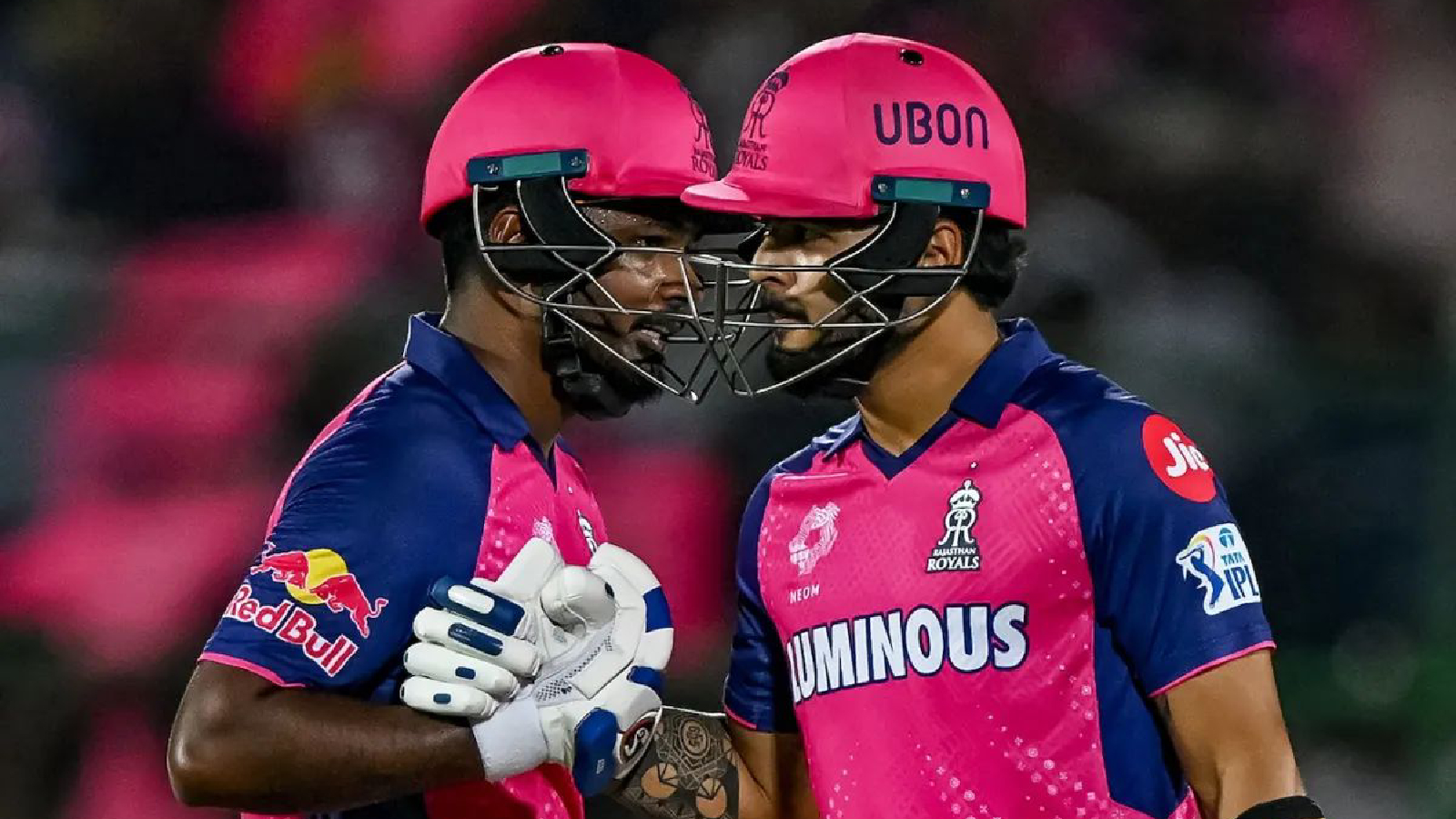Gone are the days for India when the middle overs in a 50-over game would remain monotonous. Now the team, adhering to an aggressive approach, would either dominate spinners with aggressive shots or succumb to them in conditions where the pitch is assisting turn. There is no middle ground as was evident in Sri Lanka in the recent ODI series.
The pitches in the series were tailored to assist tweakers. However, the Sri Lankan batters managed the Indian spinners better than vice versa. “They had more scoring options, be it conventional sweep or the slog sweep; they could play that quite convincingly,” former India cricketer Saba Karim told The Indian Express.
| Sri Lanka vs India | Innings | Average against spin | Wickets against spin | Series result |
| 2017 series | 5 | 50.81 | 12 | 5-0 (India) |
| 2021 series | 3 | 30.92 | 14 | 2-1 (India) |
| 2024 series | 3 | 16.25 | 28 | 2-1 (Sri Lanka) |
India’s performance against Sri Lankan spinners in the last three tours
This has not been the first time in recent years that India has struggled on such pitches. The recent series against Sri Lanka has again brought to the fore the cracks that appeared in the ODI series against Bangladesh in 2022 (India lost 2-1) when the team struggled to deal with Shakib Al Hasan and Co.
Also, who can forget the struggles of November 19 on a sluggish surface when Pat Cummins put India into bat and a batting unit that had looked a million dollars throughout the World Cup was choked with clever cutters by pacers and some tight bowling from the Australian spinners.


This was in contrast to the semifinal against New Zealand on a true surface in Mumbai with the ball coming nicely onto the bat. The same middle-order batters, who struggled to get the ball off the square in the final for singles, nonchalantly smacked the Kiwi spinners for boundaries, scoring a mammoth 397/4.
This particular weakness assumes significance as India have just three more ODIs to play before the 2025 Champions Trophy and need to come up with a competent method when they come up against spin-friendly surfaces.
“The mindset of India has been to do well overseas,” India’s new assistant coach Ryan ten Doeschate recently acknowledged in an interview as the reason behind India’s troubles against spin.
India does play a lot of cricket on the road in SENA countries where pitches are more likely to be closer to Wankhede than a sluggish Ahmedabad track for the World Cup final or a Dhaka dust bowl.
“ODI cricket generally finds good batting tracks but whenever conditions are spin-friendly, Indian batters need to work on their game,” Karim would observe.
| Bangladesh vs India | Innings | Average against spin | wickets | Series results |
| 2015 series | 3 | 47.60 | 6 | 2-1(Bangladesh win) |
| 2022 series | 3 | 30.42 | 19 | 2-1(Bangladesh win) |
India’s performance against Bangladesh spinners in the last two tours
“When you are preparing for a Test series or an ODI series with wickets (turning pitches) like that, you also need to have wickets like that in your practice sessions. You need to simulate these conditions. None of these players has time to play domestic cricket where they may find such tracks.”
If not getting exposure to these kinds of surfaces has been one side of the story, the other has been the reaction of the batters when faced with such pitches and their shot selection. “It’s important to have a solid defence,” Karim would emphasise. “Then you can absorb pressure and weigh options of scoring runs. That’s what Indian batters in the past have done.”
Charging down the track to hit down the ground, playing sweeps on either side of the wicket, or a fancy one-handed shot might not seem much of a risk in a T20. However, individual batters need to make that judgement if it’s worth it at that juncture in a 50-over game.
Karim would also press on the importance of having the ability to pick the variations of a bowler. With the growing influence of T20 cricket and side-arms being used in practice nets, there has been a tendency of batters to inculcate the habit of picking the bowlers from the length instead of the hand. It doesn’t let them read the carrom-balls, doosras, wrong ’uns and pace change-ups of spinners.

How did India try to counter spin in Lanka?
India responded by shuffling the batting order, according to preferred match-ups, like sending a left-hander to dominate against a left-arm spinner and vice-versa. In T20s, teams tend to make such tactical moves with reasonable success but it backfired in the ODI series in Sri Lanka.
In pursuit of this policy, the likes of KL Rahul and Shreyas Iyer, good players of spin with commendable ODI records batting at their familiar positions, were pushed down the order and left-handers with less experience at the international level were sent to handle the middle overs. As a result, Rahul and Iyer had to face a much older ball with spinners already settled into their rhythms and high on confidence with wickets under their belt.
In T20 cricket, such tactics tend to work as the batter promoted doesn’t need to bear the responsibility of innings construction. All he is expected to do is play a cameo to tilt the momentum of the innings. However in ODI cricket, the player needs to ensure there is constant strike rotation with some controlled aggression to counter the spinners.
Stats from Lalith Kalidas
I’m Manas Ranjan Sahoo: Founder of “Webtirety Software”. I’m a Full-time Software Professional and an aspiring entrepreneur, dedicated to growing this platform as large as possible. I love to Write Blogs on Software, Mobile applications, Web Technology, eCommerce, SEO, and about My experience with Life.





